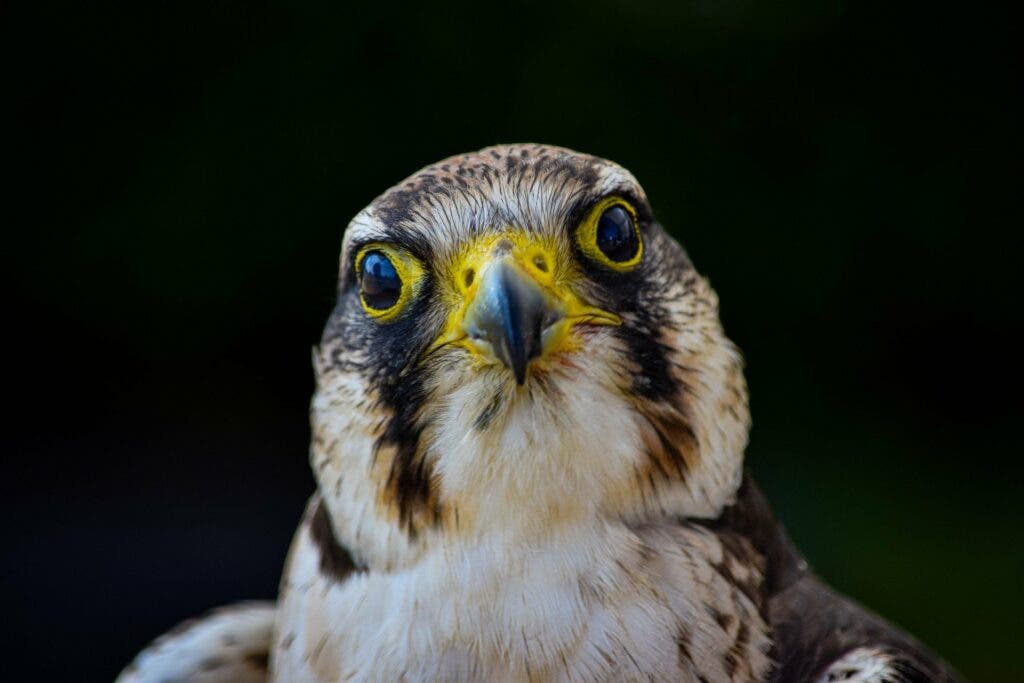A new study from the University of Central Florida (UCF) has found, for the first time, microplastics in terrestrial and aquatic birds of prey in the state.

Some of the birds in whose digestive systems the team found microplastics include hawks, ospreys, and owls. The accumulation of such material can lead to starvation and poisoning, either of which can be life-threatening. The findings are particularly worrying because birds of prey are critical to a functioning ecosystem, the authors note.
A bird’s gut view
“Birds of prey are top predators in the ecosystem and by changing the population or health status of the top predator, it completely alters all of the animals, organisms and habitats below them on the food web,” says Julia Carlin, the study’s lead author and a graduate of UCF’s Department of Biology.
Microplastics are pieces of plastic that are under 5 mm in length, produced from the breaking down of larger pieces of plastic such as synthetic clothes, or that are purposely-made for use in industry, or for health and beauty products.
Plastic ingestion by wildlife was first noted in the 1960s, the team explains, adding that microplastic ingestion has come under increased scrutiny since 2010. Since then, microplastics have been found in the guts of fish, marine birds, filter-feeding invertebrates such as oysters, and humans.
Birds of prey, however, have not been studied for microplastic ingestion due to their protected status.
For the study, the team worked with the Audubon Center for Birds of Prey in Maitland, Florida where injured raptor birds are nursed back to health. This gave them a unique opportunity to study the stomach contents of 63 birds found across Florida that were dead when they arrived at the center or died 24 hours after they arrived.
Microplastics were found in the digestive systems of all the examined birds, totalling nearly 1,200 pieces of plastic. The most common microplastics found were microfibers (86%), which come from synthetic ropes and fabrics, and can be released into the environment from clothes-washing.
The most common colors seen were blue and clear, which the team says is likely caused by the birds confusing these colors with prey or materials that would be useful for nesting.
As for solutions, the team says removing plastic waste from open landfills (so birds can’t pick them up), retrofitting water treatment installations to capture microplastics, and switching to natural fibers in the clothing industry could all help.
The paper “Microplastic accumulation in the gastrointestinal tracts in birds of prey in central Florida, USA” has been published in the journal Environmental Pollution.









